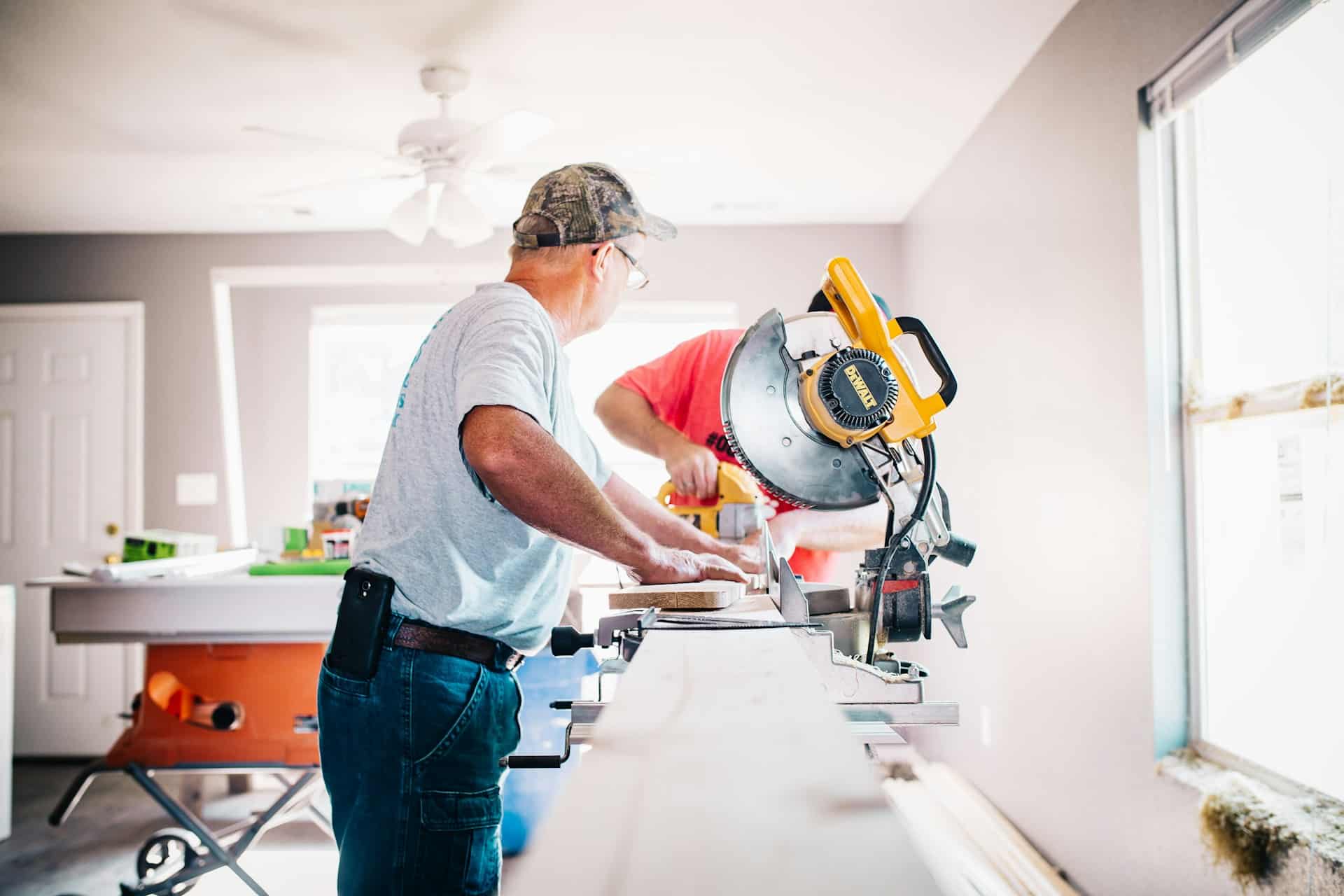What are the effective ways to incorporate sustainability in the renovation of a UK 1930s semi-detached house?

In the past decade, there's been a rising trend towards sustainability in every aspect of our lives; from the food we eat to the cars we drive, and the houses we live in. Ensuring sustainability in homes, particularly in building and renovation projects, is not just about reducing the environmental footprint, but it's also about creating a living space that is energy efficient, cost-effective, and comfortable. This article explores how to incorporate sustainability in the renovation of a UK 1930s semi-detached house. We will delve into different aspects, including energy, insulation, extension, and design considerations.
Considering Energy Efficiency in Renovation Projects
Renovating a house is not just about refreshing its look or increasing its market value, it's also an opportunity to make the house more energy efficient. In a UK 1930s semi-detached house, energy efficiency can be improved through different ways. The primary focus should be on sealing the building envelope to prevent heat loss and optimising the use of natural light.
Dans le meme genre : How can you set up a luxury home cinema in a UK townhouse with limited space?
When planning for the renovation, consider installing high-quality windows that minimise heat transfer. Double-glazed or triple-glazed windows filled with argon gas are excellent choices. They have a much higher insulation value than traditional single pane windows, thus reducing the need for artificial heating in winter and cooling in summer.
Similarly, doors are another critical point of heat loss in homes. Consider replacing old doors with energy-efficient ones that are well insulated and feature advanced weatherstripping.
Lire également : What are the best practices for maintaining a thatched roof in a contemporary UK coastal cottage?
Insulation is Key in Sustainable Renovation
Insulation plays a significant role in the energy efficiency of a house. It's an essential part of the building process that helps regulate the indoor temperature, making homes warm in winter and cool in summer. In a 1930s semi-detached house, proper insulation can reduce energy consumption and, consequently, the cost of heating and cooling.
Insulate the loft and walls to prevent heat loss. To upgrade the insulation in your house, consider using sustainable materials like sheep's wool, hemp, or recycled plastic. These eco-friendly insulation materials not only have a lower environmental impact but also have excellent insulating properties.
Air leakage is another significant source of heat loss in homes. Air can escape through cracks and gaps around windows, doors, and where the walls meet the roof. Using airtightness measures like draught-proofing can significantly reduce heat loss and improve energy efficiency.
Planning for an Eco-friendly Extension
Adding an extension to your house is a substantial renovation project that offers an opportunity to design and build a space with sustainability in mind. When planning for an extension, consider eco-friendly materials and building techniques that reduce the environmental impact and enhance the energy efficiency of your home.
For instance, using reclaimed or locally sourced materials can significantly reduce the carbon footprint of your building project. These materials are not only sustainable but also add character and authenticity to your space.
Moreover, incorporate energy-saving features in your extension design. For instance, installing a green roof can help regulate the temperature inside the extension, reducing the need for artificial heating or cooling.
Renovation Design that Promotes Sustainability
Incorporating sustainability into your renovation design is more than just using eco-friendly materials or installing energy-efficient appliances. It's also about creating a space that supports a sustainable lifestyle.
Consider open plan designs that optimise natural light and enhance ventilation. An open plan design reduces the need for artificial lighting during the day and promotes air circulation, reducing reliance on air conditioning.
Incorporate elements that promote a connection with the outdoors, such as large windows, skylights, or a glass door leading to the garden. These design choices not only create a sense of space but also reduce the need for artificial lighting and promote natural ventilation.
In conclusion, there are many ways to incorporate sustainability in the renovation of a UK 1930s semi-detached house. Energy efficiency, insulation, planning for an eco-friendly extension, and sustainable design are all critical aspects that can make your home more sustainable and comfortable. By considering these features in your renovation project, you will not only reduce the environmental impact of your home but also save on energy costs in the long run.
Opting for Passivhaus Builds for Low Energy Consumption
When considering sustainable renovation, one should definitely explore the Passivhaus concept, which is gaining popularity for its low energy consumption feature. Passivhaus builds are designed to consume a minimum amount of energy for heating or cooling, thus making them highly energy-efficient.
In a 1930s semi-detached house, a Passivhaus renovation may include features such as super-insulation, triple-glazed windows, airtight building envelope, and energy-efficient appliances. These features work together to minimise heat loss, optimise natural light, reduce reliance on artificial heating or cooling, and improve the overall thermal performance of the house.
For instance, one can find an array of inspiring Passivhaus homes on Google Scholar, which can serve as practical examples of energy-efficient renovations. These examples often demonstrate how the use of innovative techniques and materials can significantly reduce the energy consumption of a house.
Always keep in mind that while the initial costs of such a renovation can be higher, the long-term energy savings will more than make up for it.
The Complete Guide to Selecting Cladding Materials
When renovating a 1930s semi-detached house, the choice of cladding materials can significantly impact the sustainability and energy efficiency of the house. Cladding serves as a protective layer for your house, enhancing its thermal performance, and giving it a new look.
In deciding on the best cladding materials for your project, consider factors such as the material's durability, insulation properties, and environmental impact. For a sustainable renovation, opt for materials like timber, which is renewable, has low embodied energy, and excellent insulation properties.
Additionally, recycled materials such as reclaimed wood or metal can also be used, adding character to your home while reducing the environmental impact. It's always best to consult a cladding guide or an expert to ensure the most suitable choice for your specific house and regional climate.
Before opting for a specific cladding material, be sure to check with your local council regarding planning permission. Some cladding materials may require approval, especially in conservation areas or listed buildings.
Conclusion: The Blueprint to a Sustainable Renovation
In essence, renovating a 1930s semi-detached house presents a unique opportunity to transform an old home into a model of sustainability. From boosting energy efficiency with Passivhaus principles to choosing eco-friendly cladding materials, the potential for sustainable renovation is vast.
While the journey may seem daunting, resources like Google Scholar, various house plans, and inspiring Passivhaus homes, along with this complete guide to sustainability, can provide the necessary knowledge and inspiration.
In the end, a sustainably renovated house isn't just about having a low environmental footprint. It's also about living in a comfortable space that promotes a sustainable lifestyle, provides significant energy savings, and ultimately contributes to a more sustainable future.
Remember, every small step towards sustainability helps to make a big difference. Now that you've got the blueprint, it's time to start planning your sustainable renovation project. Happy renovating!
